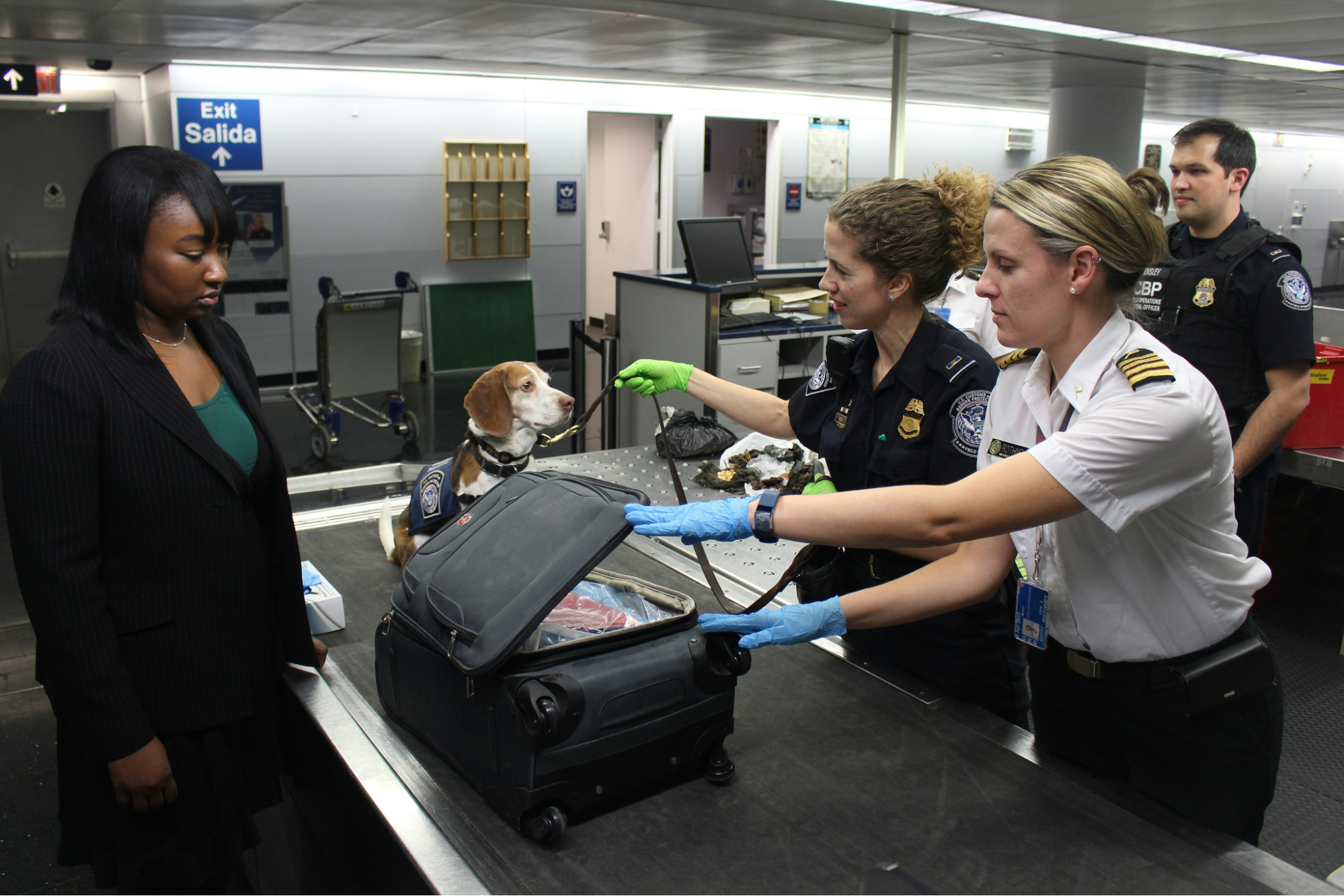Efficient border control is foundational to national security and international cooperation. In an increasingly interconnected world, where the movement of people, goods, and ideas transcends geographical boundaries, the need for smarter border control measures becomes paramount.
The concept of “smarter” border control embodies a range of technological advancements, data analytics, and policy frameworks designed to enhance security while facilitating legitimate travel and trade. Smarter border control strategies are essential in navigating contemporary challenges, particularly in regions like Mali, where security concerns intersect with migration dynamics.
Understanding the Challenges
Traditional border control methods face many complexities in today’s interconnected world. The surge in international travel and trade has intensified the pressure on border security agencies to effectively manage the influx of people and goods while upholding safety standards.
An exponential growth in volume strains existing infrastructure while creating opportunities for illicit activities, including human trafficking, drug smuggling, and terrorism. Security threats are evolving unprecedentedly, necessitating adaptive measures to stay ahead of perpetrators.
From sophisticated cyber-attacks to transnational organized crime networks, border control agencies are grappling with diverse challenges that demand innovative solutions. The traditional reliance on manual checks and paper-based documentation is proving inadequate in the face of these dynamic threats.
A paradigm shift towards smarter border control approaches is imperative to address these challenges effectively. By harnessing the power of technology, data analytics, and inter-agency cooperation, countries can bolster their border management capabilities to mitigate risks and facilitate legitimate travel and trade.
Leveraging Technology for Enhanced Security
Technology is a pivotal force in reshaping traditional border control strategies, offering myriad innovative solutions to enhance security measures. Integrating cutting-edge technologies such as biometrics and artificial intelligence (AI) holds immense potential in fortifying border management capabilities.
Biometric systems, for instance, enable accurate identification and verification of individuals, significantly reducing the risk of identity fraud and unauthorized entry. AI-driven algorithms facilitate proactive threat detection by analyzing vast amounts of data in real-time, identifying suspicious patterns, and flagging potential security risks.
“Predictive modeling capability empowers border control agencies to preemptively respond to emerging threats, thereby bolstering overall security posture,” says a key executive at leading border security firm, Securiport Arouna Toure. “These technologies offer a decentralized and immutable platform for secure data sharing and authentication, fostering greater transparency and integrity in border management processes.”
By leveraging these technological advancements, countries can establish robust border control systems that enhance security and streamline operations, optimize resource allocation, and promote international collaboration in combating cross-border threats.

Enhancing Collaboration and Information Sharing
Collaboration among national and international agencies is critical for effective border control, fostering synergies and pooling resources to address shared security concerns. The interconnected nature of global security threats necessitates seamless information sharing and interoperability between border agencies to effectively identify, track, and respond to potential risks.
Initiatives aimed at enhancing information-sharing mechanisms, such as integrated databases and secure communication channels, play a pivotal role in strengthening border management capabilities. By breaking down silos and facilitating real-time exchange of intelligence and operational insights, these initiatives enable border control agencies to make informed decisions and coordinate responses more effectively.
International agreements and partnerships serve as vital frameworks for addressing transnational security challenges that transcend borders. Fostering mutual trust, cooperation, and mutual assistance, these agreements enable countries to collaborate on intelligence-sharing, joint operations, and capacity-building efforts. This collaborative approach enhances border security while promoting regional stability and economic prosperity by addressing underlying threats at their source.
Balancing Security with Facilitation
Modern border control strategies must achieve a delicate equilibrium between robust security measures and the facilitation of legitimate travel and trade. While ensuring stringent security protocols are in place to mitigate risks, it is equally imperative to streamline border processes to facilitate the smooth and efficient movement of people and goods.
Risk-based approaches play a pivotal role in this endeavor, allowing border control agencies to prioritize resources and scrutiny based on perceived risk associated with travelers or shipments. By focusing efforts on high-risk individuals or cargo, these approaches optimize security measures without unduly impeding the flow of legitimate traffic.
Pre-clearance programs enable travelers and shipments to undergo necessary checks and procedures before reaching the border, reducing wait times and enhancing overall efficiency. By shifting border controls away from the physical border, these programs contribute to smoother cross-border movements while maintaining security standards.
Embracing traveler-centric solutions, such as automated clearance systems and digital identity verification, further enhances the border experience by reducing processing times and minimizing inconvenience for travelers. Border control agencies can effectively safeguard national interests while fostering international connectivity and economic growth by striking a harmonious balance between security imperatives and facilitation efforts.
Future Innovation in Implementing Smarter Border Control Measures
The future of border control is poised to be significantly influenced by ongoing innovations and global collaborations. Adopting smarter border control mechanisms is necessary and an opportunity to redefine how nations secure their borders and manage the flow of people and goods.
This transformative journey involves embracing technological advancements and fostering a culture of continuous improvement and international cooperation. Emerging technologies such as machine learning, quantum computing, and next-generation biometrics are on the horizon, promising even more effective border management solutions.
New technologies could potentially revolutionize threat detection and processing efficiency, paving the way for more secure and seamless border experiences. As geopolitical landscapes evolve, there is an increasing need for a unified global framework that can support the diverse challenges individual nations face while promoting shared goals and responsibilities.
Such frameworks should enhance the capability to respond swiftly to new threats and facilitate a more coordinated approach to border security and migration management. In this dynamic context, the role of policymakers, technology providers, and border control agencies becomes increasingly vital.
These stakeholders need to stay ahead of the curve, not only by implementing the latest technologies but also by anticipating future challenges and preparing adaptive strategies that uphold both security and human dignity. The journey towards smarter border control is continuous, and the stakes are high, but the potential benefits for global security and cooperation are immense.
Published by: Khy Talara






